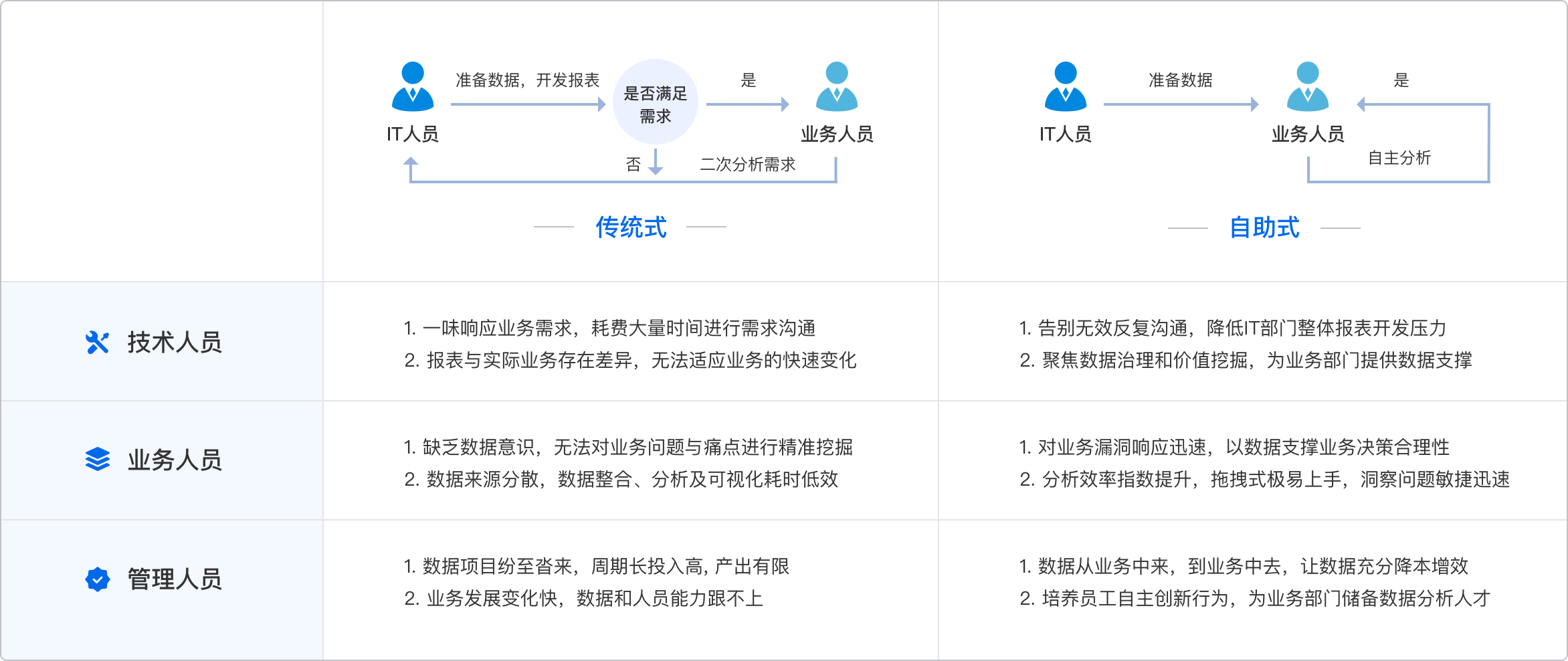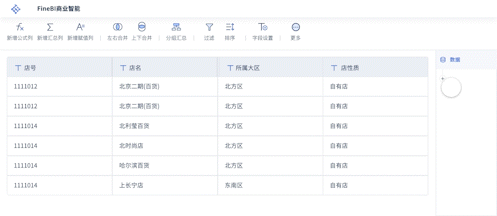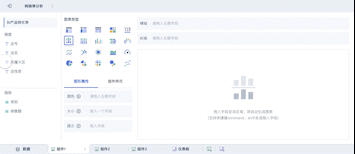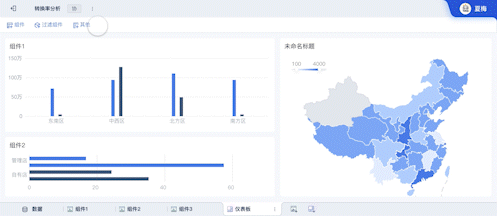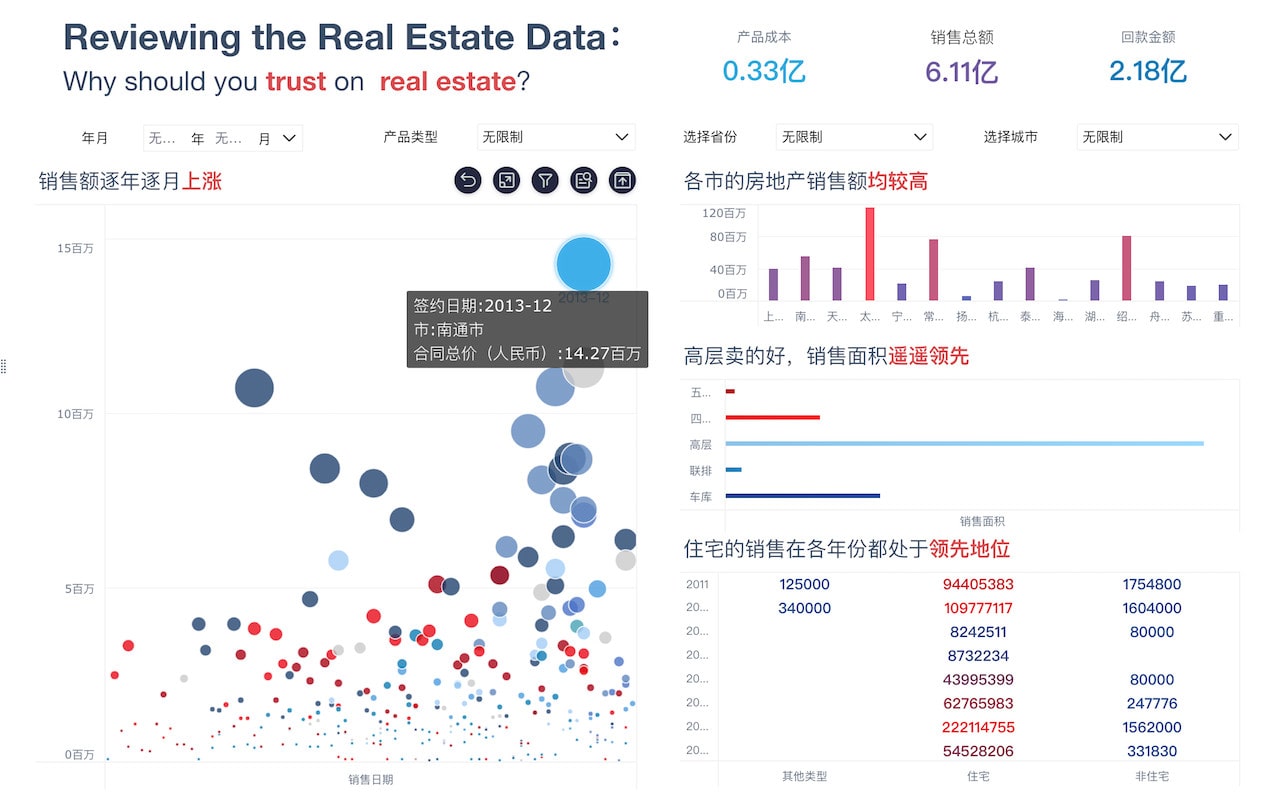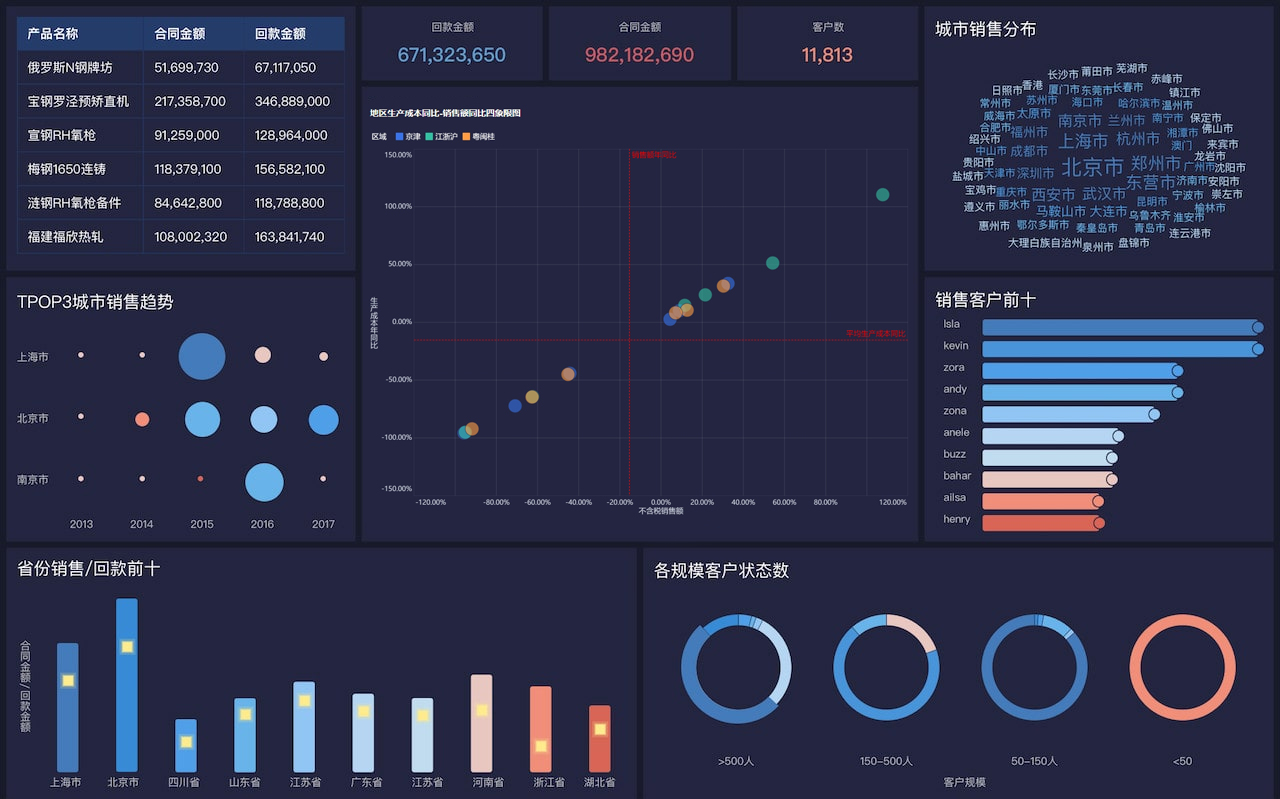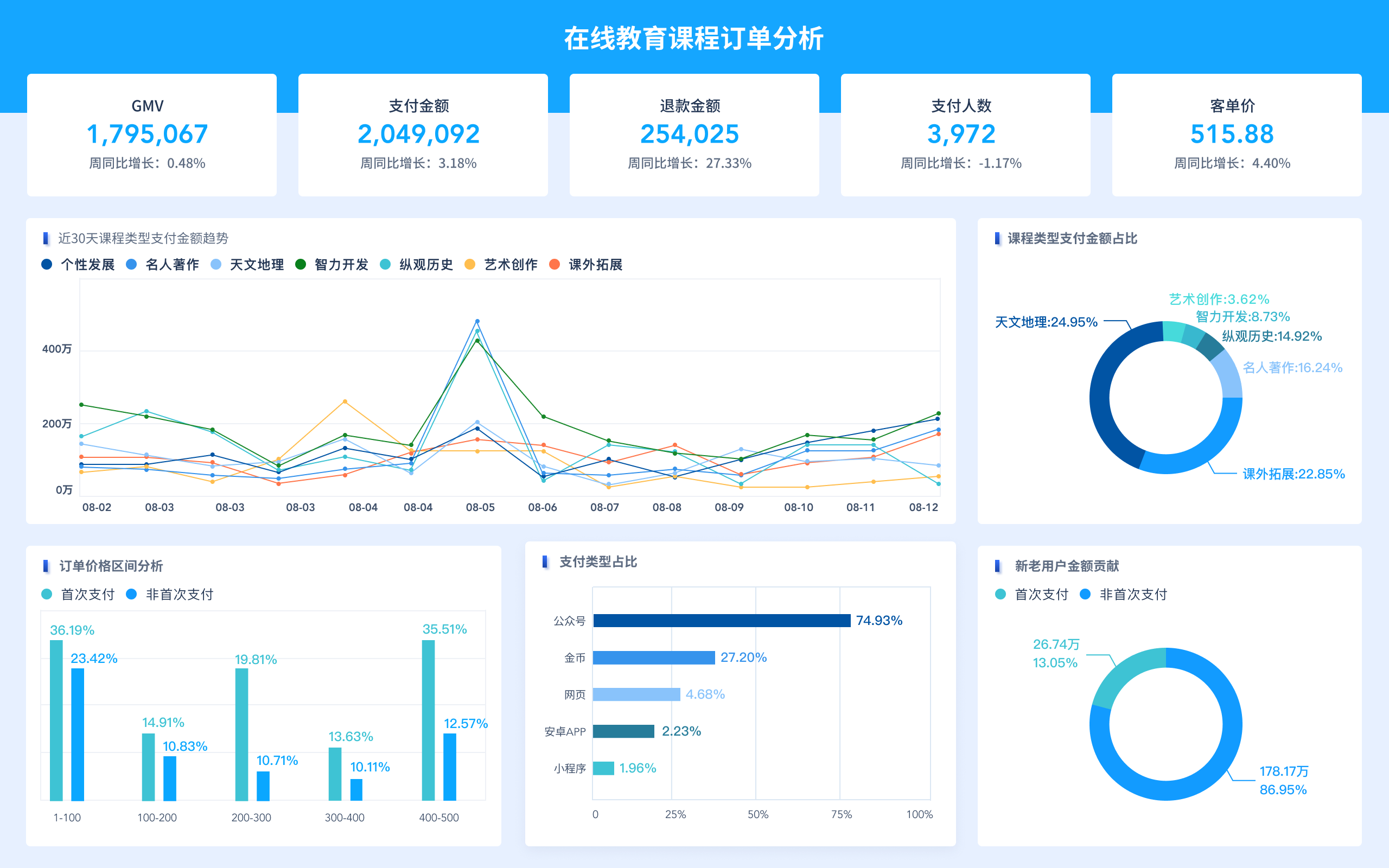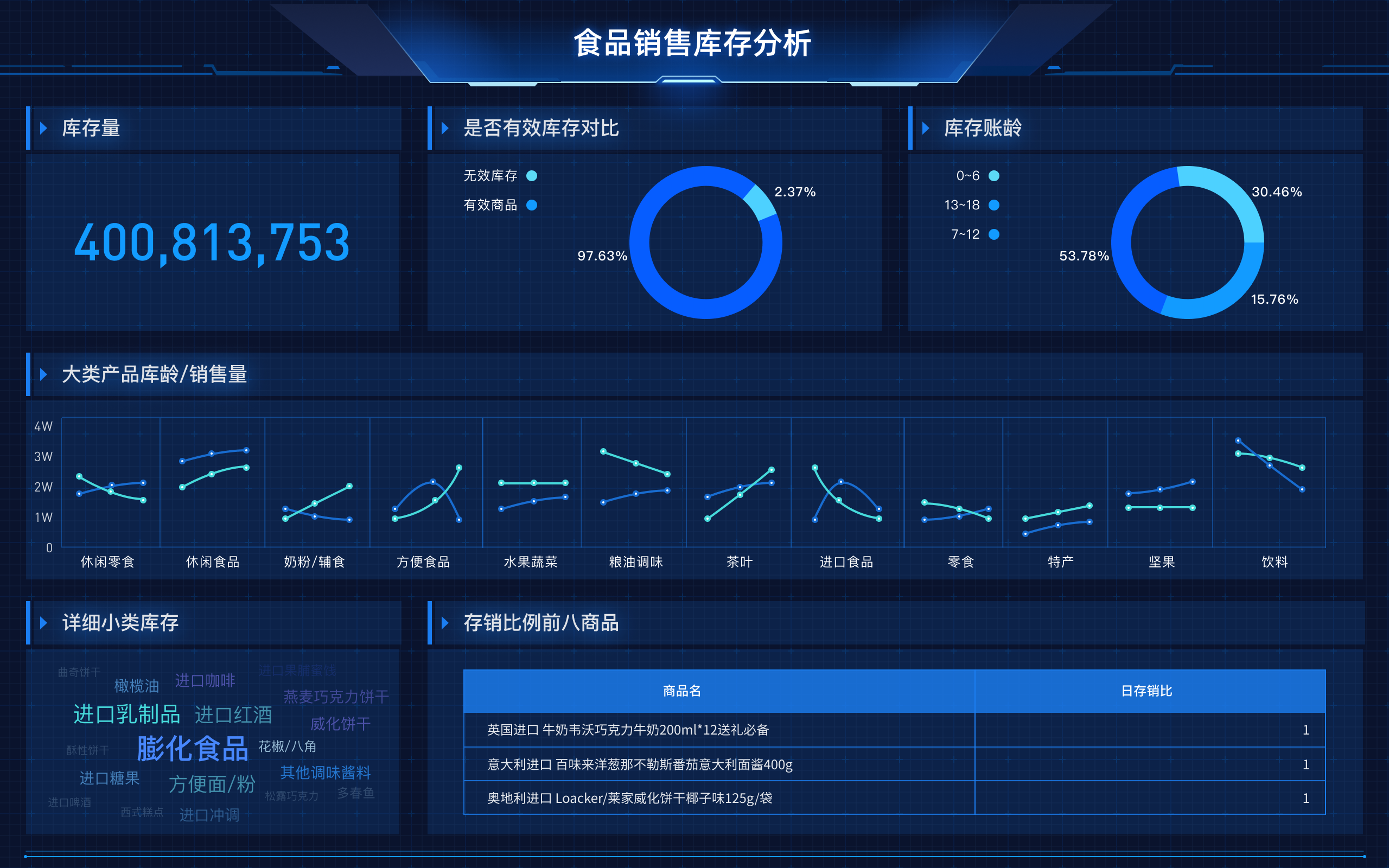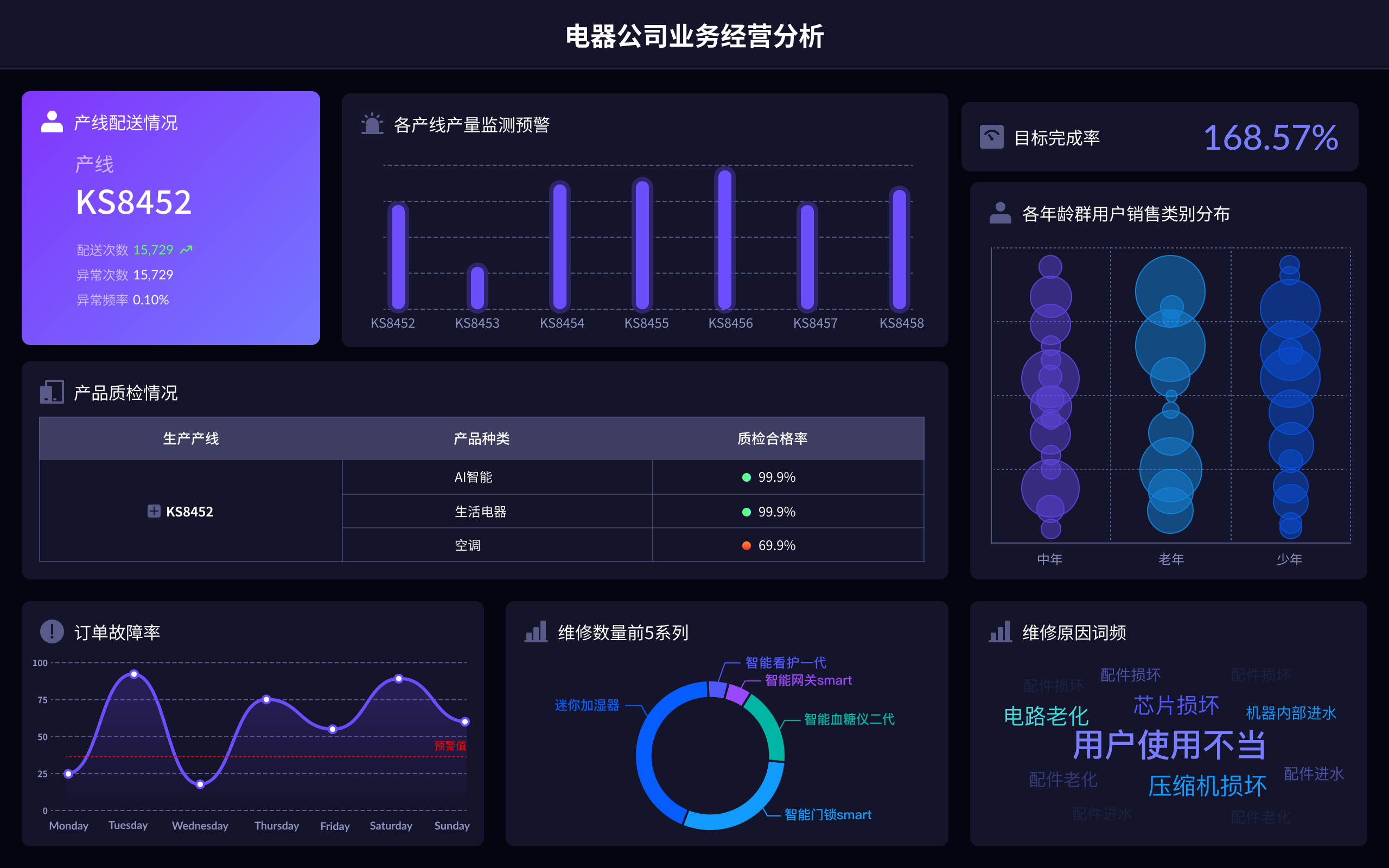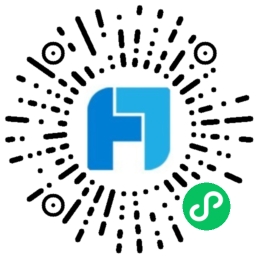
The term "可视化大屏" can be translated into English as "Visualized Large Screen" or "Data Visualization Dashboard".
A "Visualized Large Screen" often refers to a large display system used to present data and information in a visually appealing and easily digestible format. It combines various data visualization techniques, such as charts, graphs, and interactive elements, to provide a comprehensive overview of data trends and insights. This kind of display is commonly used in command centers, control rooms, and corporate environments where real-time data monitoring and decision-making are crucial.
一、VISUALIZED LARGE SCREEN PURPOSE AND USE CASES
The primary purpose of a visualized large screen is to present complex data in a simplified and visually engaging manner. These large screens are often utilized in various settings, including corporate offices, control rooms, and public spaces. Corporate environments use them for real-time data monitoring, enabling executives to make informed decisions quickly. Control rooms benefit from these displays by providing a comprehensive view of critical operations, enhancing situational awareness and response times. Public spaces leverage visualized large screens to engage and inform the public, displaying information such as transit schedules, weather updates, and emergency alerts.
二、COMPONENTS OF A VISUALIZED LARGE SCREEN
A visualized large screen setup comprises several components, each playing a vital role in its functionality. Display Hardware includes high-resolution LED or LCD screens capable of rendering detailed images and animations. Data Sources provide the raw data, which can come from various systems such as databases, IoT devices, and third-party APIs. Visualization Software processes the raw data into visual elements like charts, graphs, and maps. Interactivity Tools such as touchscreens or remote controls allow users to interact with the data, providing a more dynamic and engaging experience.
三、TECHNOLOGIES BEHIND VISUALIZED LARGE SCREENS
Several technologies power visualized large screens. LED and LCD technologies are popular choices for display hardware due to their clarity, brightness, and energy efficiency. Data Integration Platforms like FineReport facilitate the collection and aggregation of data from various sources. Visualization Tools such as FineVis provide advanced capabilities for creating interactive and dynamic visualizations. Networking Technologies ensure seamless data transmission between sources and the display, enabling real-time updates and monitoring.
四、BENEFITS OF USING VISUALIZED LARGE SCREENS
The benefits of visualized large screens are numerous. Enhanced Decision-Making is achieved by presenting data in a clear, comprehensive format, allowing stakeholders to quickly grasp insights and trends. Improved Situational Awareness is particularly valuable in control room settings, where real-time monitoring of operations is critical. Increased Engagement results from the visually appealing presentation of information, capturing the audience’s attention more effectively than traditional methods. Scalability and Flexibility enable these systems to adapt to various data sources and display configurations, making them suitable for diverse applications.
五、CHALLENGES AND CONSIDERATIONS
Implementing visualized large screens comes with challenges. Data Accuracy and Reliability are paramount, as any discrepancies can lead to incorrect conclusions. System Integration requires careful planning to ensure seamless connectivity between data sources and display systems. Cost Considerations involve both initial setup and ongoing maintenance expenses. User Training is essential to maximize the effectiveness of the system, as users need to be proficient in both interpreting visual data and operating the display technologies.
六、EXAMPLES AND CASE STUDIES
Various organizations have successfully implemented visualized large screens. Smart Cities use these displays to monitor traffic, weather, and public safety in real-time. Corporate Headquarters often feature large screens in their command centers to track key performance indicators and market trends. Healthcare Facilities utilize visualized large screens to display patient data and operational metrics, enhancing care delivery and resource management. Educational Institutions employ these systems in classrooms and lecture halls to present complex information in an engaging manner.
七、FUTURE TRENDS IN VISUALIZED LARGE SCREENS
The future of visualized large screens is promising, with advancements in several areas. Augmented Reality (AR) and Virtual Reality (VR) technologies are poised to revolutionize data visualization, providing immersive and interactive experiences. Artificial Intelligence (AI) and Machine Learning (ML) will enhance data analysis capabilities, allowing for more sophisticated and predictive visualizations. Higher Resolution Displays will continue to improve the clarity and detail of visual content, making it easier to interpret complex data. Integration with IoT Devices will enable more comprehensive monitoring and analysis, leveraging data from a vast array of connected devices.
Visualized Large Screens or Data Visualization Dashboards are essential tools for modern data presentation and decision-making. By combining advanced display technologies, robust data integration, and sophisticated visualization software, these systems provide valuable insights and enhance situational awareness across various domains.
相关问答FAQs:
可视化大屏英语怎么说?
可视化大屏在英语中通常被称为“Visualization Display”或“Visual Display Screen”。它指的是一种可以将数据、信息或图像以直观的方式展示在大屏幕上的技术。这种展示方式广泛应用于会议、展览、教育和商业等领域,以便于观众更好地理解和分析信息。
可视化大屏有哪些应用场景?
可视化大屏的应用场景非常广泛,涵盖了多个行业和领域。在商业环境中,企业可以利用可视化大屏展示销售数据、市场趋势和业务指标,以便于进行决策和策略规划。在教育领域,教师可以使用可视化大屏进行课堂教学,展示学习资料和互动内容,增强学生的学习体验。
在会议和展览中,可视化大屏可以吸引观众的注意力,展示产品特性和企业形象。在城市管理和公共服务中,相关部门可以使用可视化大屏实时监控城市运行情况,进行数据分析和决策支持。随着科技的发展,可视化大屏的应用场景将不断扩展,成为信息展示和交流的重要工具。
如何选择适合的可视化大屏?
选择适合的可视化大屏需要考虑多个因素。首先,屏幕的尺寸和分辨率是关键。根据展示空间的大小和观众的数量,选择合适的屏幕尺寸可以确保信息清晰可见。高分辨率的屏幕能够提供更清晰的图像和文本,增强观众的观看体验。
其次,屏幕的类型也很重要。目前市场上有LCD、LED、OLED等多种类型的显示屏。每种类型都有其独特的优势和适用场景。例如,LED屏幕适合户外使用,具有良好的亮度和耐候性,而OLED屏幕则提供更好的色彩对比和视角。
此外,选择支持多种连接方式和操作系统的可视化大屏也十分重要,以便于与其他设备和软件进行无缝连接和数据共享。最后,考虑到预算和维护成本,选择一个性价比高且易于维护的可视化大屏也是非常必要的。
本文内容通过AI工具匹配关键字智能整合而成,仅供参考,帆软不对内容的真实、准确或完整作任何形式的承诺。具体产品功能请以帆软官方帮助文档为准,或联系您的对接销售进行咨询。如有其他问题,您可以通过联系blog@fanruan.com进行反馈,帆软收到您的反馈后将及时答复和处理。


